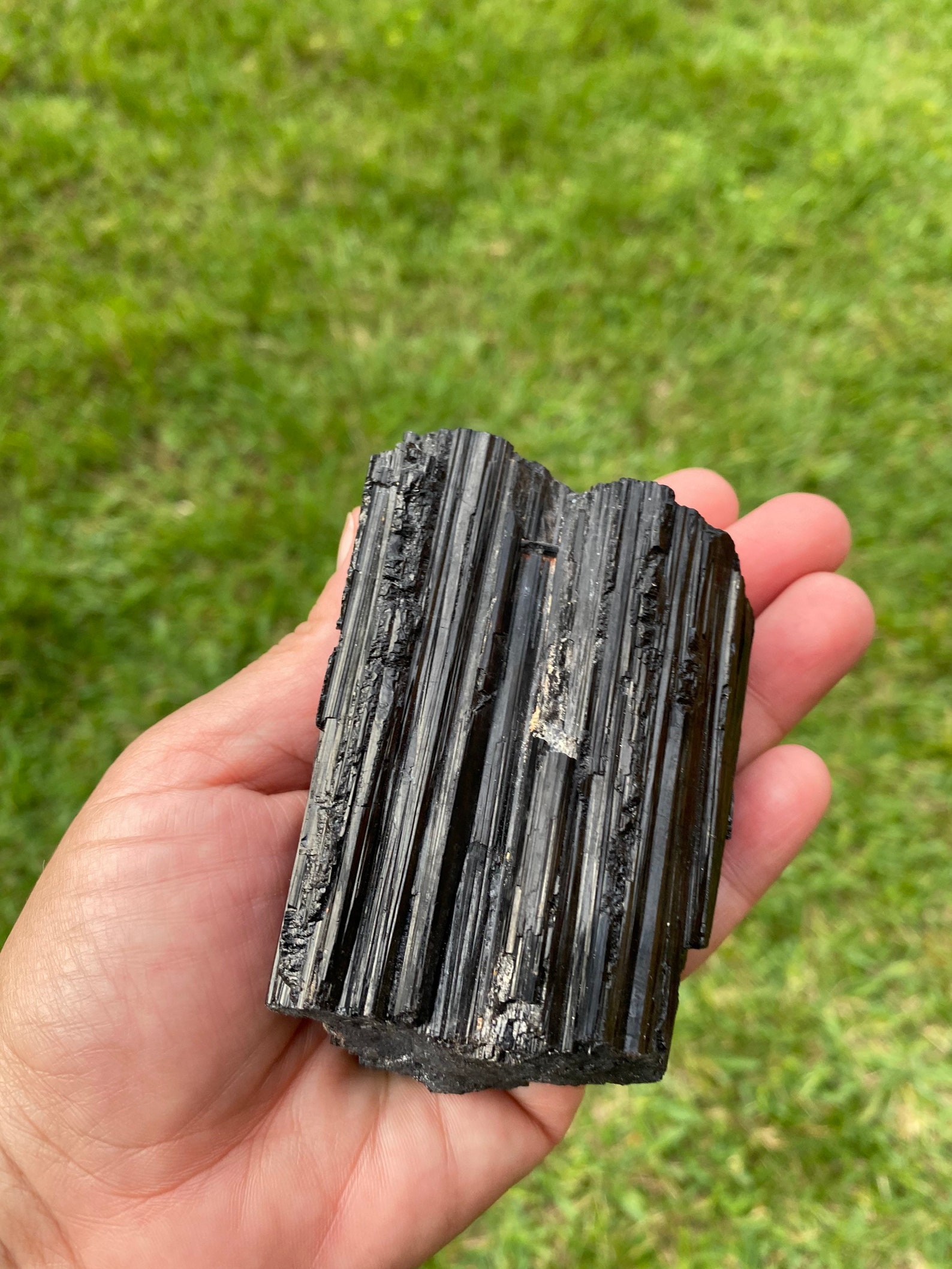

Lemmatization methods in a configurable component. The Lemmatizer component provides lookup and rule-based.SpaCy provides two pipeline components for lemmatization: pos_ ) # 'PRON' Lemmatization v3.0 Needs model morph ) # 'Case=Nom|Person=2|PronType=Prs' print (doc. Mapping table maps the fine-grained tags to aĬoarse-grained POS tags and morphological features.ĭoc = nlp ( "Where are you?" ) print (doc. For words whose coarse-grained POS is not set by a prior process, a.verb) and some amount of morphological information, e.g.

In the API, these tags are known as Token.tag. The part-of-speech tagger assigns each token a fine-grained part-of-speech.Token text and fine-grained part-of-speech tags to produceĬoarse-grained part-of-speech tags and morphological features. pos_ ) # 'PRON' Rule-based morphologyįor languages with relatively simple morphological systems like English, spaCyĬan assign morphological features through a rule-based approach, which uses the morph ) # 'Case=Nom|Number=Sing|Person=2|PronType=Prs' print (doc. Morphological features and coarse-grained part-of-speech tags as Token.morphĭoc = nlp ( "Wo bist du?" ) # English: 'Where are you?' print (doc. SpaCy’s statistical Morphologizer component assigns the get ( "PronType" ) ) # Statistical morphology v3.0 Needs model morph ) # 'Case=Nom|Number=Sing|Person=1|PronType=Prs' print (token. load ( "en_core_web_sm" ) print ( "Pipeline:", nlp. Inspect token.morph for the other tokens.You should see that the morphological features changeĪnd express that it’s a pronoun in the third person. Here are some examples: ContextĪllows you to access individual morphological features.

Inflected (modified/combined) with one or more morphological features toĬreate a surface form. Modified by adding prefixes or suffixes that specify its grammatical functionīut do not change its part-of-speech. Inflectional morphology is the process by which a root form of a word is Our example sentence and its dependencies look like: 📖Part-of-speech tag schemeįor a list of the fine-grained and coarse-grained part-of-speech tags assignedīy spaCy’s models across different languages, see the label schemes documented Using spaCy’s built-in displaCy visualizer, here’s what Spacy.explain("VBZ") returns “verb, 3rd person singular present”. spacy.explain will show you a short description – for example, Most of the tags and labels look pretty abstract, and they vary between startup for $1 billion" ) for token in doc : print (token. Need to add an underscore _ to its name: import spacyĭoc = nlp ( "Apple is looking at buying U.K. So to get the readable string representation of an attribute, we Like many NLP libraries, spaCyĮncodes all strings to hash values to reduce memory usage and improveĮfficiency. Make predictions of which tag or label most likely applies in this context.Ī trained component includes binary data that is produced by showing a systemĮnough examples for it to make predictions that generalize across the language –įor example, a word following “the” in English is most likely a noun. The trained pipeline and its statistical models come in, which enable spaCy to Part-of-speech tagging Needs modelĪfter tokenization, spaCy can parse and tag a given Doc. That’s exactly what spaCy is designed to do: you put in raw text,Īnd get back a Doc object, that comes with a variety ofĪnnotations. While it’s possible to solve some problems starting from only the rawĬharacters, it’s usually better to use linguistic knowledge to add useful The same words in a different order can mean something completely different.Įven splitting text into useful word-like units can be difficult in many

Processing raw text intelligently is difficult: most words are rare, and it’sĬommon for words that look completely different to mean almost the same thing.


 0 kommentar(er)
0 kommentar(er)
